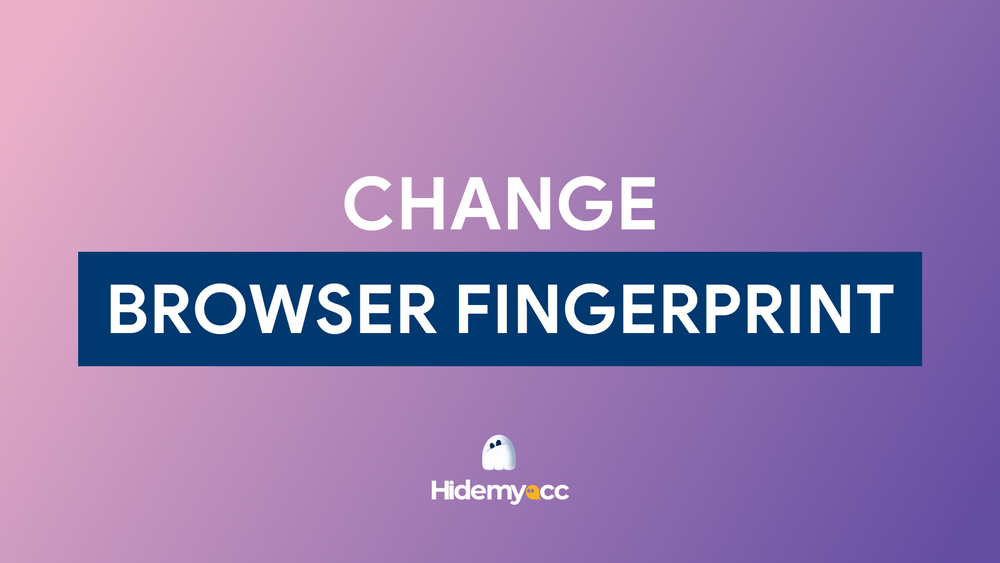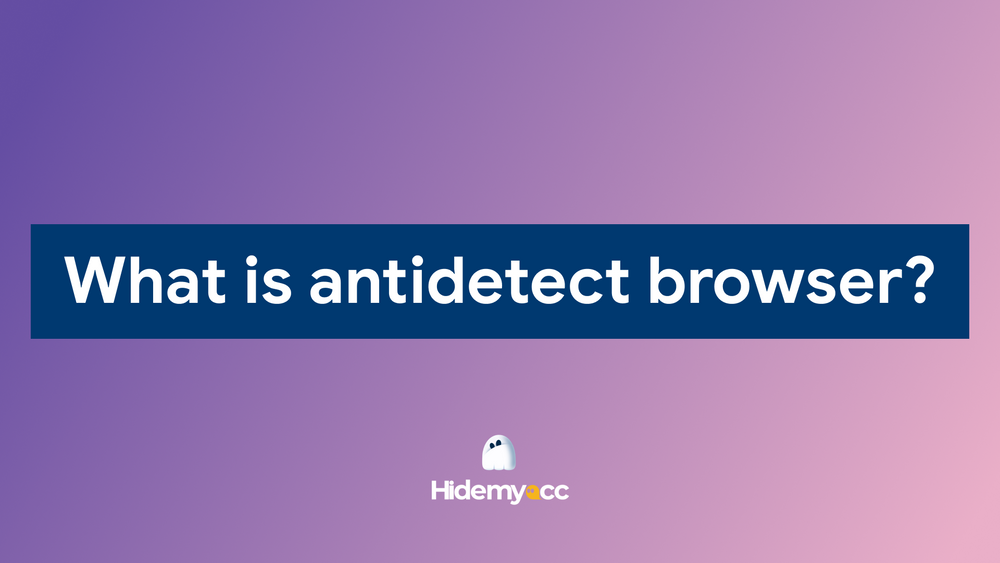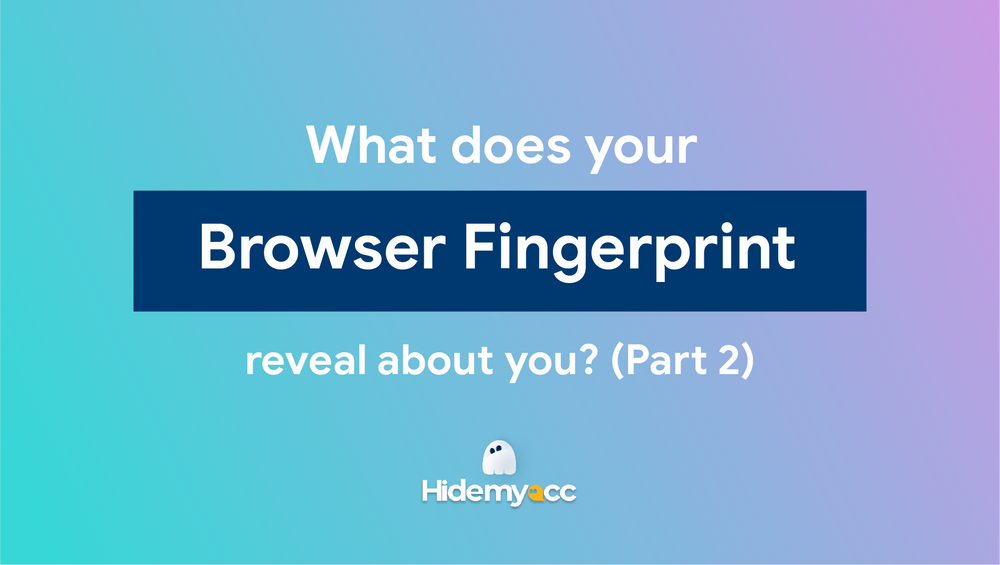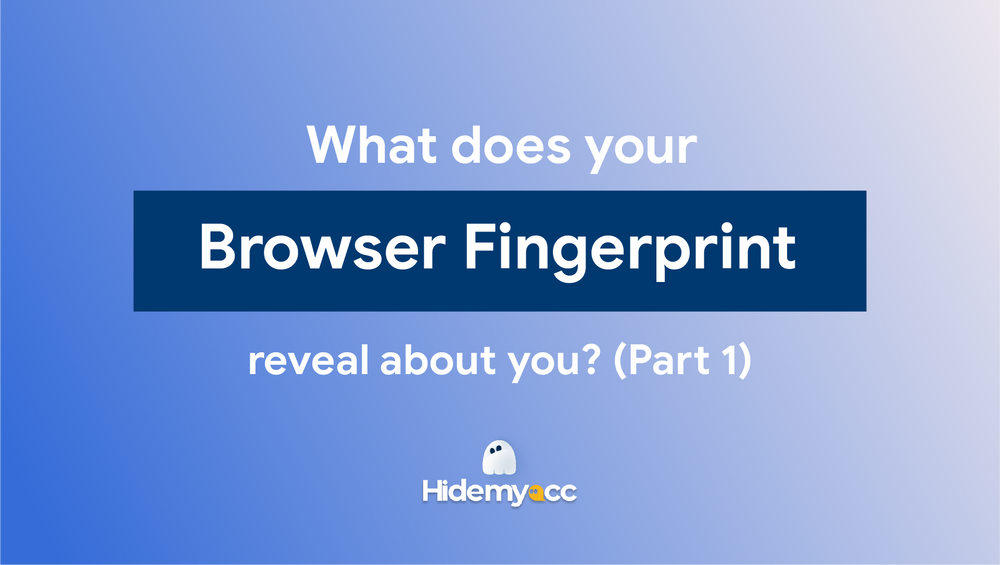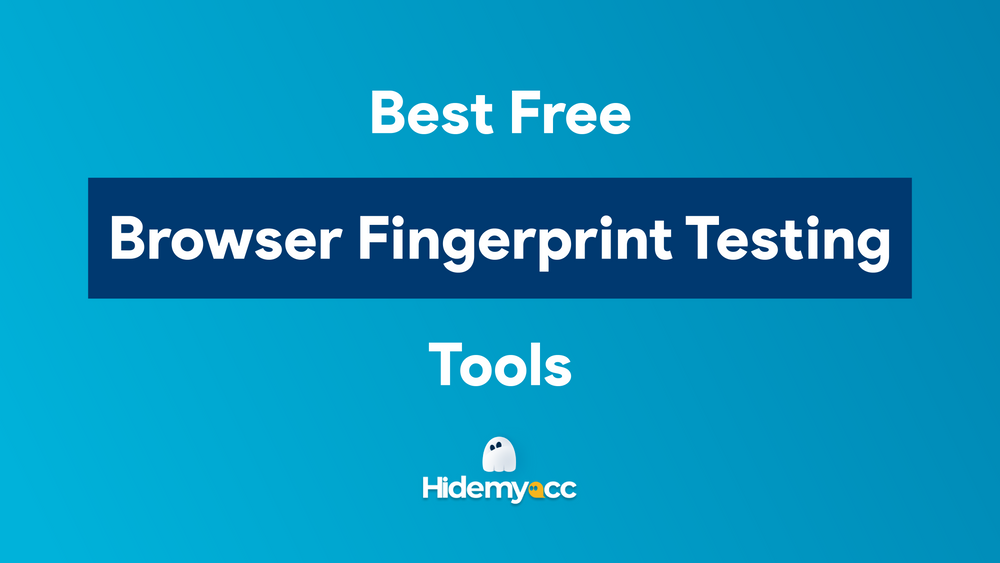WebRTC is a technology that was developed by Ericsson and Google, based on the JavaScript and C++ programming languages. Most people know, WebRTC is both a powerful and exciting new technology that is powering person-to-person communication.
So what is WebRTC? How does it work? And benefits of this new technology?
What is WebRTC?
WebRTC (Web Real-Time Communications) is an HTML5 specification that you can use to add real- time media communications directly between browser and devices.
Simply understood as: WebRTC enables voices and video communication to work inside web pages and devices.
This new technology is built on APIs that require no plugins, and, since the first announcement in 2011, WebRTC has gathered support from all major web browsers and operating systems.
By 2016 there has been an estimate of 2 billion browsers installed that are enabled to work with WebRTC. From traffic perspective, it has seen an estimate of over a billion minutes and 500 terabytes of data transmitted every week from browser communications alone. Today, WebRTC is widely popular for video calling but it is capable of so much more.
The thing that makes WebRTC unique is that it enables person-to-person communication. This means that WebRTC handles all the details of directly connecting two devices and transmitting the audio and video data in real-time. And the real-time communication capabilities make WebRTC an ideal technology for just about anything that requires real-time conversation.
How does WebRTC work?
Your device > STUN server > Peer-to-peer communication channel > Recipient’s device
Here is how it works:
When you start a WebRTC audio or video call, your WebRTC app must establish a connection with all the other devices that will participate on the call.
Before establishing a connection, the WebRTC app must navigate through your firewall and NAT. Firewalls and NAT devices work by establishing a public facing IP address for your computer, which is broadcast to the outside world and masks your private IP address.
Your computer only knows your private IP address. So, the WebRTC app will route the incoming connection to the right IP address by contacting the STUN (Session Traversal Utilities for NAT) server to retrieve your public facing IP address.
Then, the WebRTC app retrieves the public facing IP for the other devices that will be connecting to the call. Once the app knows all the necessary IP addresses, it builds a list of potential connection configurations and selects the most efficient one for your call.
The WebRTC app then uses that connection configuration to open a private data channel where all the devices on the WebRTC call can exchange the audio and video data in real-time. And since only the devices on the call know the connection configuration, the connection is private and can’t be accessed by anyone who’s not on the call.
The supporting technologies involved in this process are used to navigate the complex system of ports, protocols, and networks between the devices on a WebRTC call. And the APIs are used to access cameras and microphones and gather audio and visual data.
Even though connecting devices through a peer-to-peer connection is a good way to achieve real-time communication, it’s not a perfect system.
Benefits of WebRTC
WebRTC was created to give developers a simpler way to achieve high-quality real-time communication. And here are the benefits of WebRTC:
- Better Sound Quality: WebRTC offers built-in support for echo cancellation and noise reduction, as well as automatic microphone sensitivity adjustment. This alone makes WebRTC calls clearer than other connection technologies. However, WebRTC also uses modern audio and video codecs to deliver outstanding call quality, even on slow connections.
- Open source technology: Open-source code gets quickly evaluated and quality controlled by the WebRTC community.
- Simplified development: Even though WebRTC is based on C++ architecture, WebRTC has a built-in Javascript API layer, which developers can use to quickly implement WebRTC solutions with relatively little proprietary code.
- Outstanding compatibility: Thanks to the open source code, WebRTC is supported by all the major desktop and mobile operating systems. WebRTC also works in any HTML5 or WebSocket interface. So WebRTC works in almost any browser.
- Requires no plugins: Most browsers support WebRTC without any plugins. Other real-time communication technologies require a plugin to make calls using a browser. These plugins must be installed by the end-user, which degrades the end-user experience.
- Secure and stable: WebRTC is protected by a few mandatory encryption specifications. This provides end-to-end encryption for any data sent through a WebRTC peer-to-peer connection.
How to change WebRTC with Hidemyacc?
So, do you need WebRTC?
The answer is yes, you need WebRTC. Most people have a browser that supports WebRTC. And WebRTC works without any plugins or browser extensions. From an end-user perspective, WebRTC is click-to-play. It’s the simplest possible end-user experience.
If you are MMOers, changing your WebRTC is mandatory. Google, Facebook, Amazon, Etsy, Ebay... will detect you through WebRTC and many other elements, known as browser fingerprint. And if your WebRTC is in their blacklists, your accounts will be suspended immediately and cost you a ton of money.
You should also have a basic understanding of Web Scraping when making money online. We have published a post about it recently. You can read it here.
With Hidemyacc, you can create multiple profiles and run them simultaneously from just one device, and each profile will have a different WebRTC based on the profile’s IP. Now you only need one device instead of using multi-real devices or virtual machines and each of your account’s fingerprint is still unique and undetectable by any web server. Download Hidemyacc and start your 7-day trial now!
In conclusion, WebRTC is a powerful technology that has revolutionized real-time communication by enabling seamless audio, video, and data sharing directly within web browsers. Its open-source nature and versatility make it a cornerstone for modern applications, from video conferencing to online gaming. By understanding what WebRTC is, developers and businesses can harness its capabilities to create innovative, interactive experiences for users worldwide.
If you have any further questions, comments, or suggestions, feel free to contact us via Telegram, Skype, or Facebook Messenger support.

